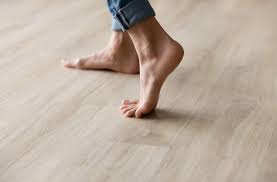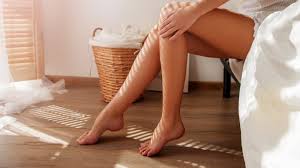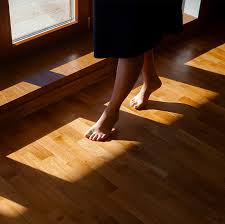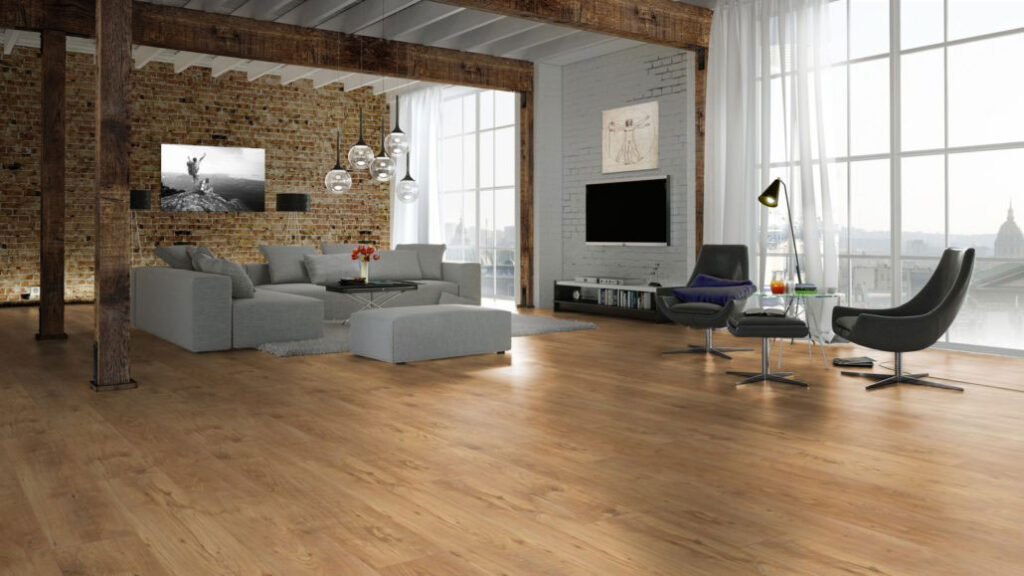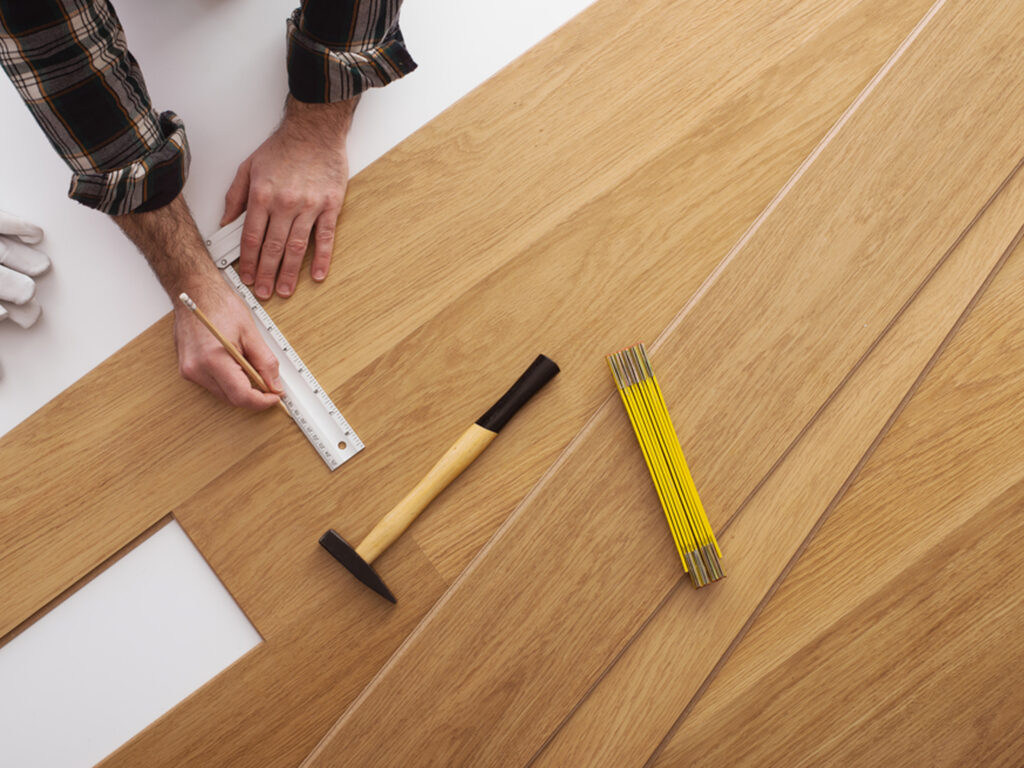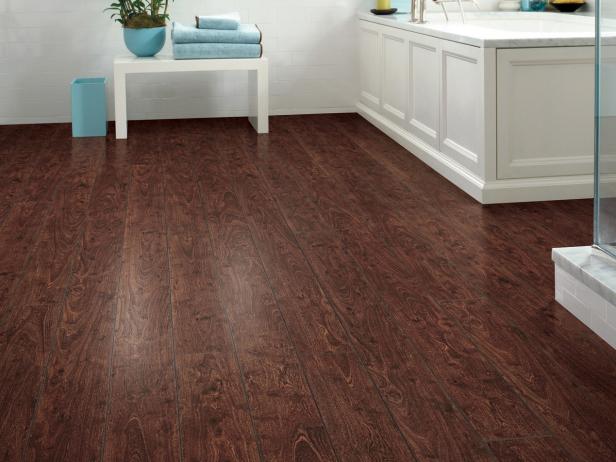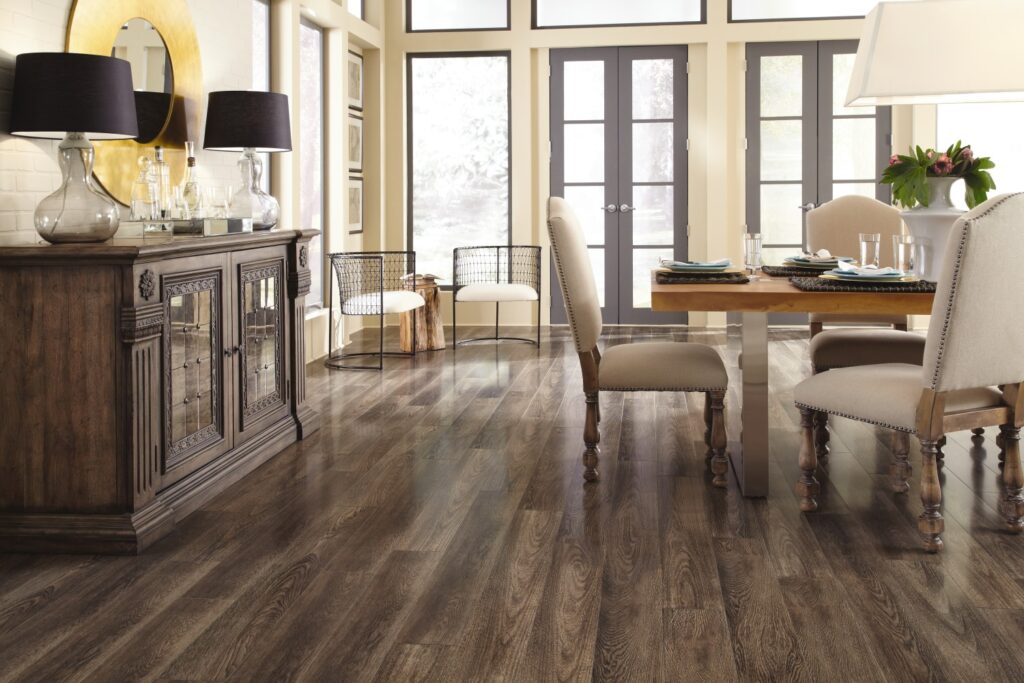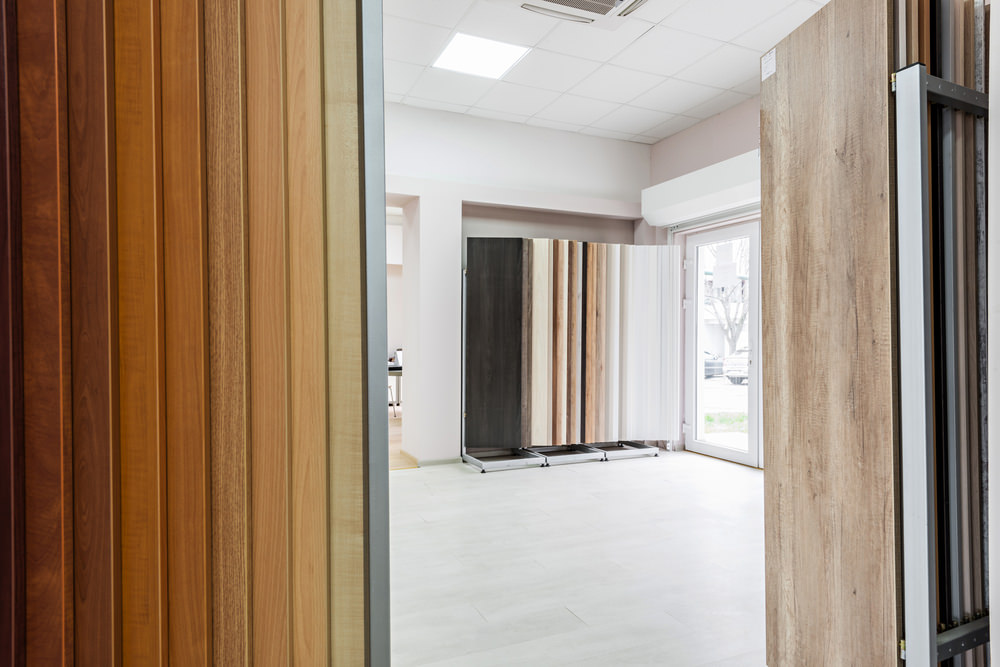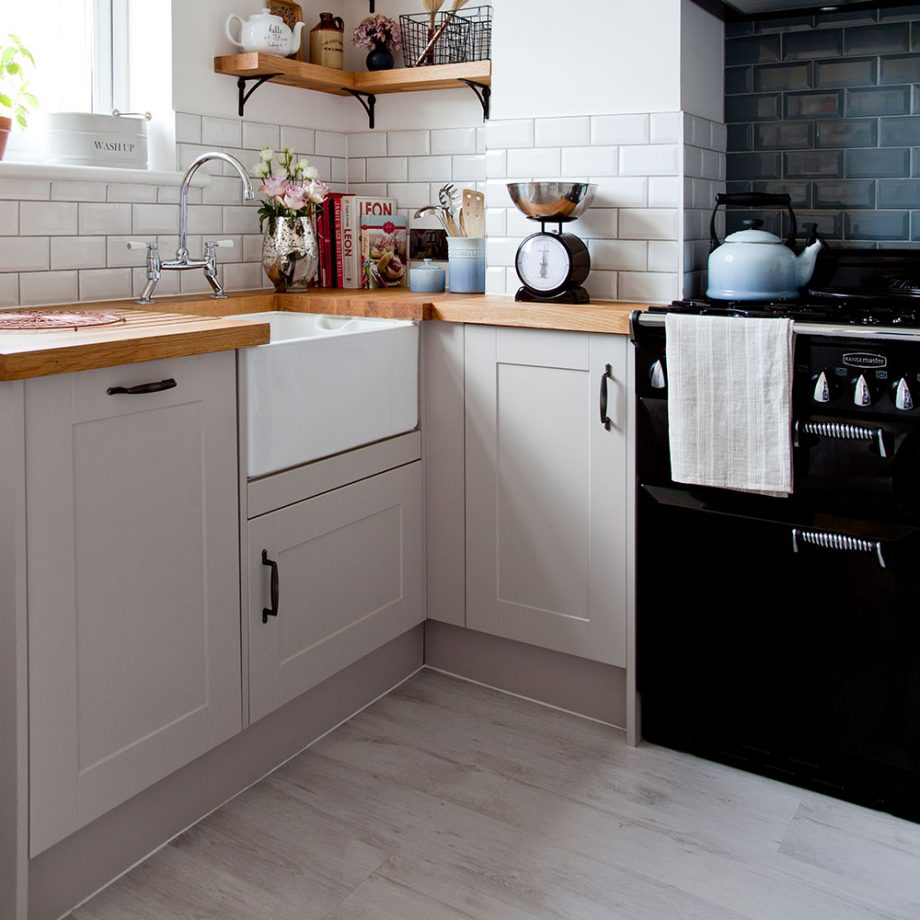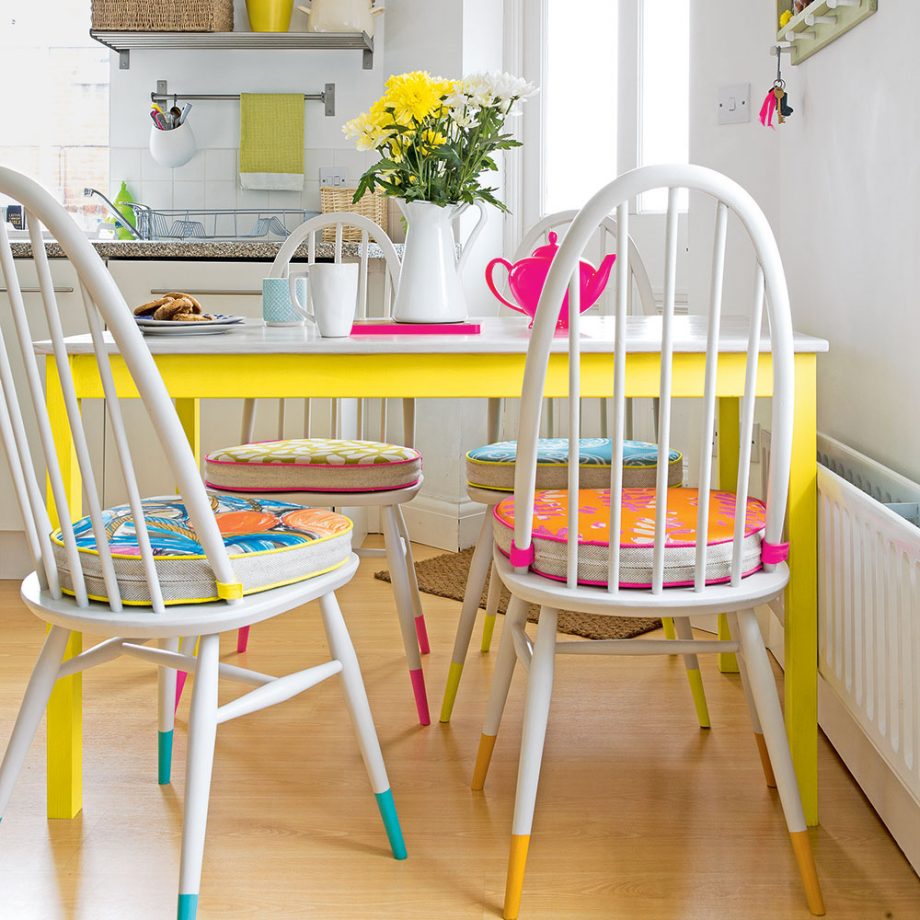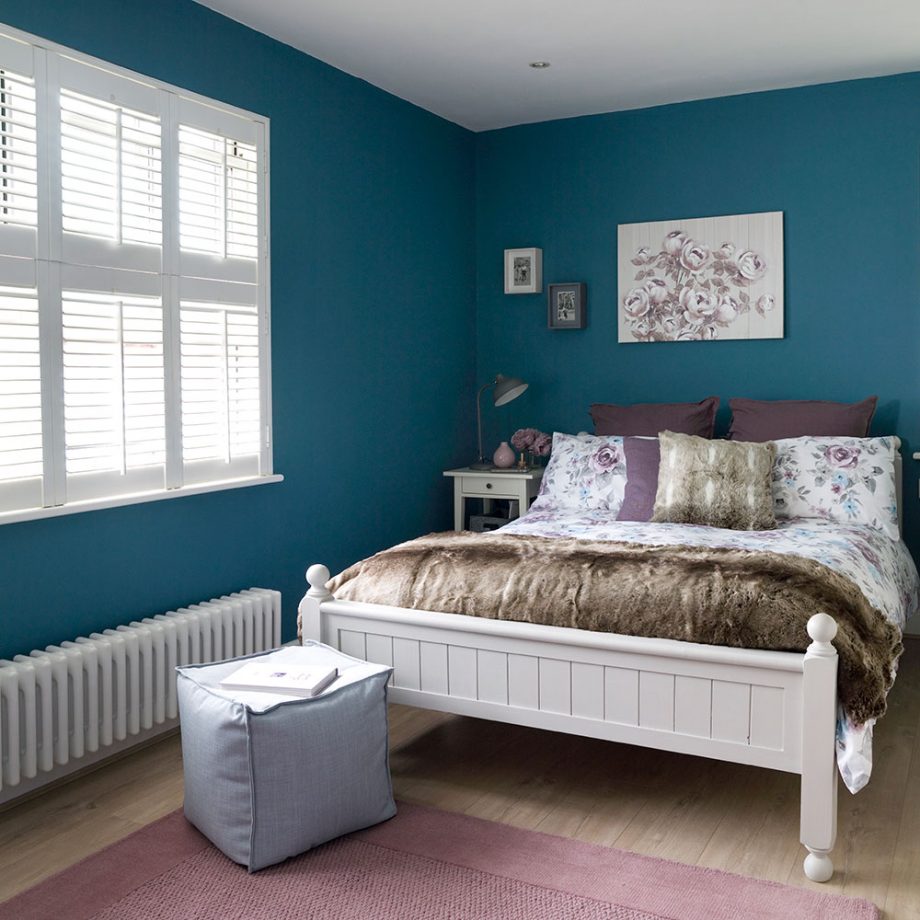Signs It’s Time For A New Carpet
Are you thinking about replacing your carpet? Having a hard time convincing the spouse or the landlord that it’s time? Flooring is one of the first thing guests and potential homebuyers notice when walking into a house and can make a huge impression, sometimes for the worst. Here are the top 7 signs that it’s time to get rid of that old carpet and trade it out for something new.
Water Damage and Mold
Water damage and mold are very clear indicators that you need new carpeting. Water stains are unsightly and hard to get rid of. Water damage can be caused by leaking pipes in bathrooms, kitchens, or ceilings in multi-story homes and can even lead to mold and mildew stains. Always make sure you monitor your pipes for leaks that can cause water damage.
Mold can be dangerous, at worst deadly to those with asthma and severe mold allergies. In those who are allergic, mold can cause hay-fever like symptoms such as sneezing, coughing, and red eyes. It can also appear rather suddenly, especially in warm, dark areas. The best way to prevent mold issues is by regular inspection. Look for green, black, or white stains that grow and change shape, or a musty, stale smell that won’t go away no matter what you do or how you clean. Purchase a mold testing kit to be certain you have mold in your carpet.
Wear and Tear
Wear and tear on a carpet can make a house look trashy and dirty, no matter how clean it is. Tears, worn patches that are nearly see-through, matting, fraying, and flat areas are all normal signs of a carpet’s age and sometimes can’t be prevented. Carpet fibers often become matted and frayed within just 3-5 years. A carpet can only be expected to last 5-15 years from installation, so if your carpet it starting to look a little beat-up then it’s probably time to replace it. Areas that see the most wear and tear are usually the hallways, stairs, and living areas.
Stains
If your carpet is stained beyond saving, it might be worth your time to stop hiding stains with area rugs and furniture and start shopping for fresh carpeting. Stains are usually just the result of normal wear and tear, though accidents do happen, and if they happen with red wine, mustard, or coffee, good luck getting it out. Stains make carpets, and therefore a whole room. A dirty carpet is a devalued home, so if you intend to sell or rent, it’s prudent to replace! To get more life out of a stained carpet, rent a rug doctor or other carpet cleaning tool, or call a professional to have your carpet shampooed.
Smell
The first thing people notice about your house when they walk in is the smell, and old carpet certainly has its own special aroma. Feet, allergens, dirt, and food stains can make a carpet smell funky after years of buildup. If your carpet stinks and you’ve tried everything to get the smell out, it’s time to replace.
Age
Carpeting is only designed to last between 5-15 years. Most people don’t replace their carpet that often, especially landlords who are trying to save money. How many of us honestly know how old the carpet in our house really is? The first places to show age are going to be the areas that receive the most traffic—hallways, walkways and entrances. If you suspect that yours is starting to get old, and is showing its age, it’s time to replace it.
Aesthetics
Maybe your carpet is just out of style, or you’d like to update a room for a fresh look. That 70’s shag carpet might have looked good 40 years ago, but will quickly date a room and put all your other decorating efforts to waste. This is also something you should consider if you’re going to be selling your home anytime soon. Buyers and renters like to see new carpet in a home and are willing to pay a lot more for something up-to-date and in style. Make sure you look into regional tastes. Check with your neighbors to see what’s stylish in your area, or ask a local decorator.
Allergies
Carpets hold on to allergens like sponges. Dirt, dust, mites, pollen, and lots of other discomfort-causing substances are hiding in carpets, and no matter how often or meticulously you clean your carpet, they will find their way in there. Regular cleaning is important to maintaining good hygiene and health in a home with carpet. Still, a carpet can only be cleaned so many times before it starts to wear, and even the most thorough cleaning can leave allergens behind. It’s important to have your carpet professionally cleaned at least once a year in order to maintain the lifespan of your carpet, but keep in mind that cleaning it too often can shorten its lifespan.
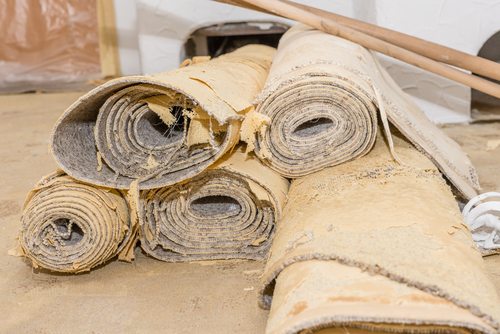
How to Protect Your Carpet from Spills and Stains
It can be difficult to keep your carpets clean—especially when you live in a busy household of pets, kids, and messy dinners. General wear and tear is expected over the years, but stains and spills can make your floors seem unsightly and older than they appear.
Your carpets are a big investment, and you want them to last as long as possible and maintain their looks for as long as you can, but what’s the best way to prevent spills and stains in your household?
Here are five of our best tips for protecting your carpet from spills and stains.
1. Routinely Vacuum and Clean Your Carpets
One of the best ways to protect your carpet is to not let dirt or dust sit and let it sink down, which will make a carpet appear dingy. If it’s not removed, debris and dirt can get trapped into the carpet, making it more difficult to remove. Vacuuming your carpets regularly can help combat the dirt and debris in your home and help your carpets have more longevity.
2. Apply a Carpet Protectant
Although many carpets now come with a protectant like Scotchgard, if yours don’t have one applied already, you may want to consider doing so. This product actually repels liquids, blocks stains and even resists soil, so you can rest assured that a spilled glass of grape juice won’t ruin your flooring.
You can have a professional carpet cleaning apply a protectant for you, which will usually be an added expense on top of a cleaning.
3. Have a No-Shoes Rule
You never thought you’d have one of those households, but a good way to prevent stains is to be a no-shoes house. Shoes can track in all sorts of mud, dirt, and not to mention many germs that can track their way inside.
4. Take Care of Spills Immediately
It goes without saying that when you see someone spill a liquid or food inside your home, that you should clean it up as soon as you can. Use the dabbing trick (don’t rub stains!) so that you can get up as much of the stain as you can.
5. Get Your Carpets Professionally Cleaned
No matter how thoroughly you vacuum and clean your floors, one of the best ways to protect your carpets from spills and stains is by scheduling a professional carpet cleaning. Not only will this help your carpets last a long time, but it will also eliminate any deeply set stains that are difficult to treat with cleaning products you get at the store.
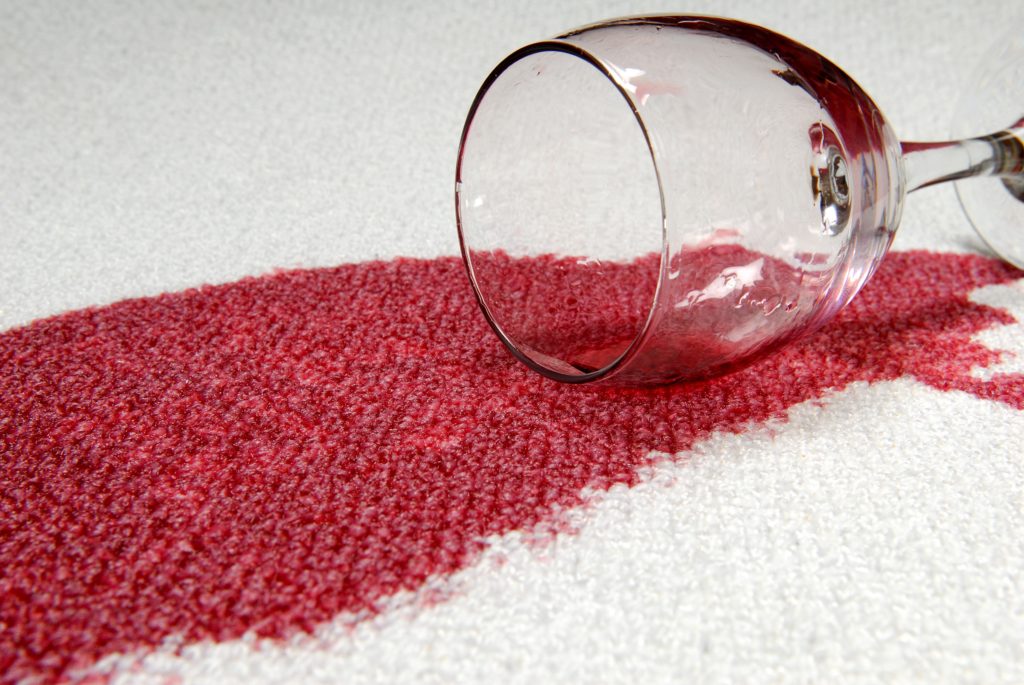
Carpet Cleaning Mistakes to Avoid
While your carpeting may not require the regular cleaning that other types of flooring demand, your carpet should be professionally cleaned once every year to 18 months, even if you vacuum regularly. Professional carpet cleaning extends the life of the carpeting and contributes to better air quality, reducing allergies and illness.
Do-It-Yourself Carpet-Cleaning Mistakes
Ideally, your carpet should be professionally cleaned. However, to save money, many people alternate between the do-it-yourself cleaning and professional cleaning. While the do-it-yourself approaches are far less expensive, they are almost never as effective as professional cleaning and involve a considerable amount of time and hard work. Depending on the method used, it is also easy for the novice to damage the carpet.
Beware of the three most common ways do-it-yourselfers (and inexperienced pros) damage carpets:
- Over-shampooing
- Over-wetting
- Failing to protect the wet carpet from furniture
Over-shampooing occurs when either too much shampoo is used or the carpet is not adequately rinsed. Both are practically inevitable with some wet do-it-yourself approaches. This is the biggest reason why even hard-core do-it-yourselfers should occasionally use a professional. If they don’t, the build-up of soapy residue can be impossible to clean out, leaving a carpet that is a virtual dirt magnet.
Over-wetting occurs when too much water soaks into the bottom of the carpet. Some backing materials cause the carpet to discolor if they get too wet. Some carpets will shrink, literally tearing themselves up from the floor. If the backing and pad get wet, it is very difficult to dry them, and you run the additional risk of mold and mildew problems.
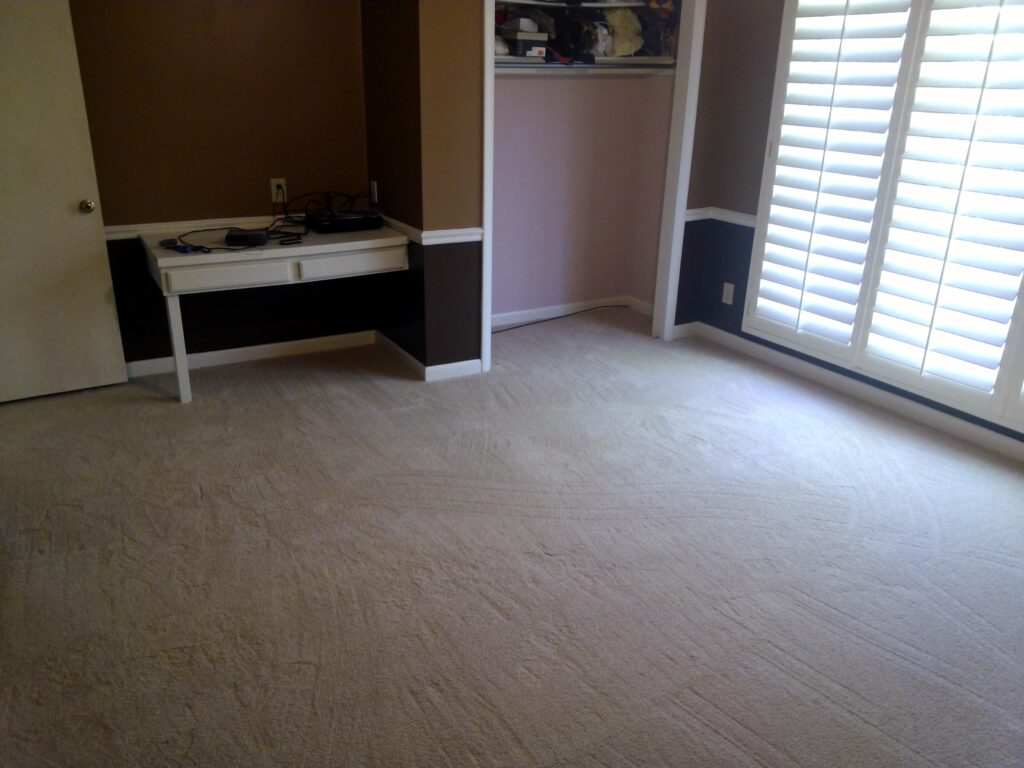
When Should I Consider Replacing the Carpet
Carpet today is made to last about 5 to 15 years, depending on the quality of the carpet and the padding. However, there are a few signs that your carpet should be replaced.
Matting. One of the first signs that your carpet needs replacement is when you notice that the pile begins to stay matted down in the most frequently trafficked areas. This is especially true for carpets that are made of polyester fibers. Once the pile begins to lay down due to heavy foot traffic, there is not a lot you can do to get it to stand up again. Even getting your carpet professionally cleaned may not do a lot to renew its look.
Stains. If you are moving furniture, rugs, or other items to hide stains, it is probably time to replace the carpet. Even if your carpet has a stain-resistant coating, this treatment gradually fades over time, leaving your carpet vulnerable to stains. It is also important to know that not all stains are created equal.
- Protein-based stains. These are caused by baby food and formula, cream-or cheese-based foods, eggs, feces, and urine.
- Oil-Based Stains. These include spots from car grease or motor oil, hair oil and mousse, hand lotion, kitchen grease, butter, bacon, salad dressing, and suntan lotion.
- Tannin Stains. These include spots from alcoholic drinks, coffee or tea, fruits, soft drinks, and wine. Most jellies also contain tannins, but cherry and blueberry jellies should be treated as dye stains.
- Dye Stains. These include blueberries, cherries, grass, and mustard. Dye stains can be problematic as dyes are usually meant to stick…and they do.
Worn-out padding.
The carpet padding provides a cushion and resilience level and makes your carpet comfortable to walk and sit on. Additionally, the carpet padding also provides a noise buffer as well as insulation for the floor. General wear and tear over time will eventually reduce your carpet padding performance, and once worn out, there are really few options other than replacement. If you begin noticing wrinkles, unevenness, or a crinkling sound under your feet when you walk on certain areas of the carpet, that is also a pretty good indication that the padding may need to be replaced.
Bad smell. If it seems like your carpet carries a lingering unpleasant smell even after it has been cleaned, this could mean the residue from various spills, pet accidents, etc., over the years has penetrated deeply into the carpet fibers or even down into the padding/subfloor itself. Foul odors can also be a sign of mold or mildew, creating significantly bigger problems if left unaddressed. If your carpet seems to retain an unpleasant smell regardless of what you do, it would be in your best interest to have the carpet replaced.
